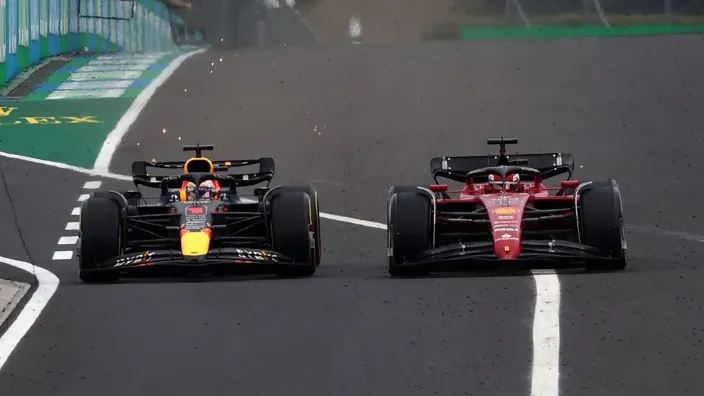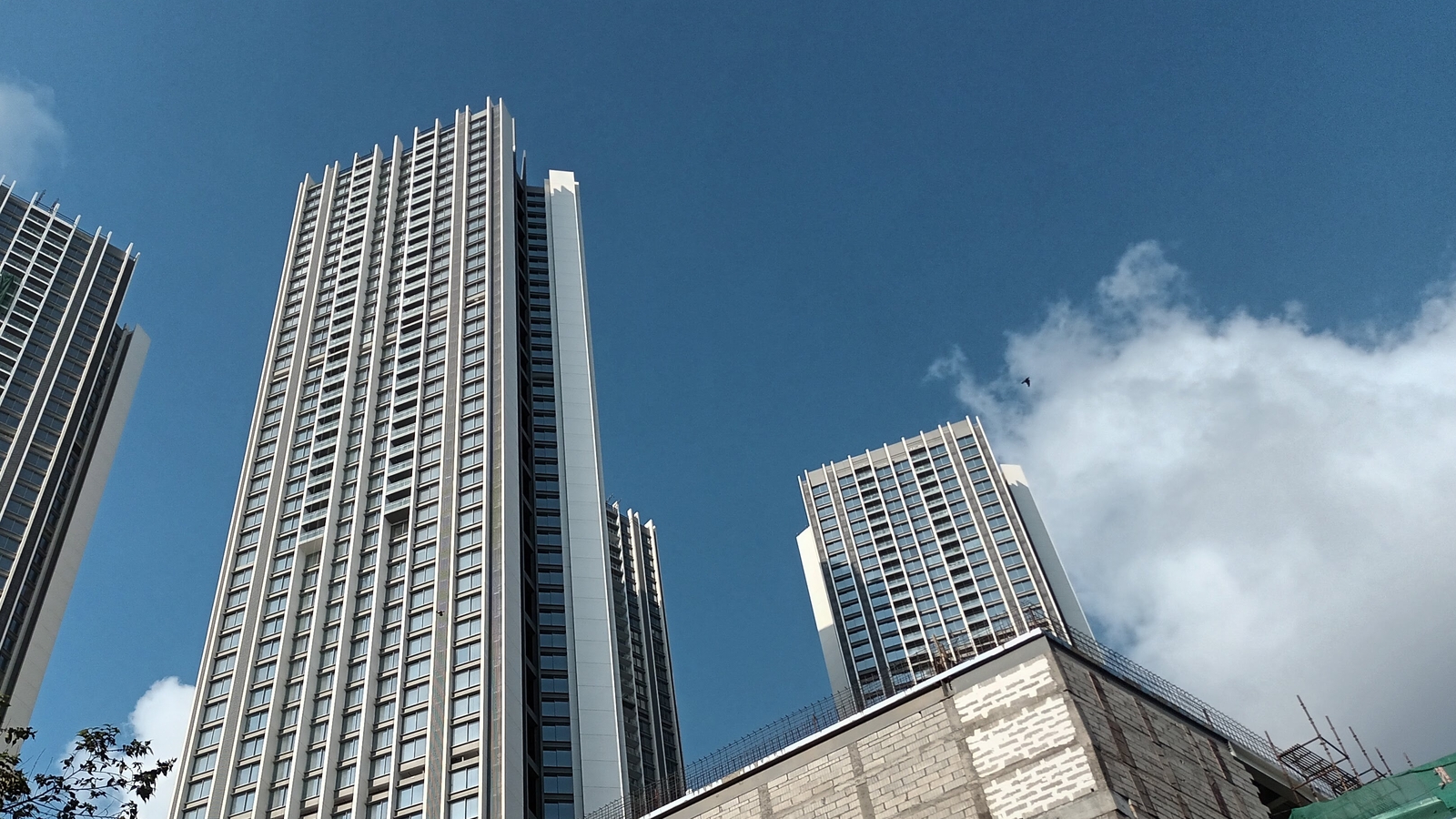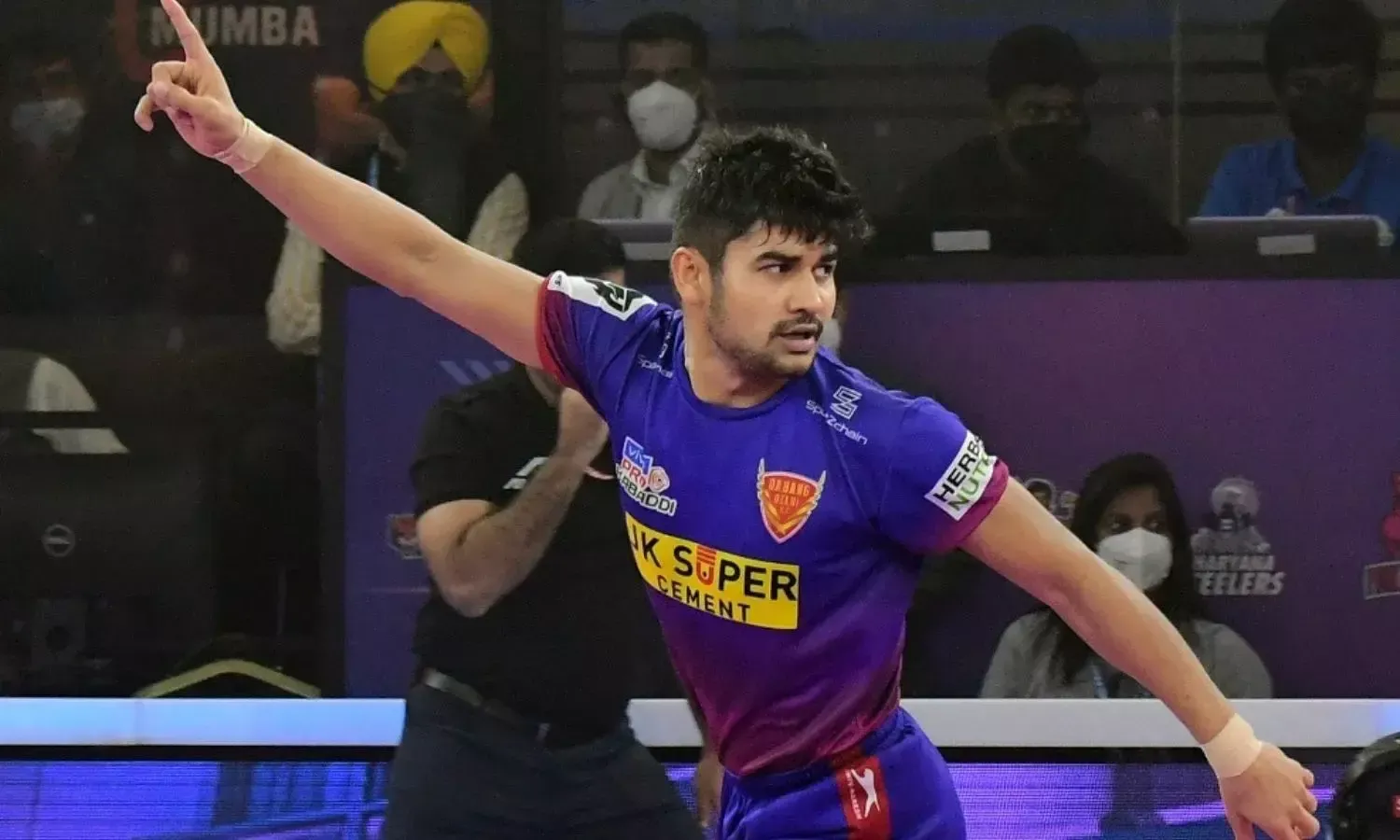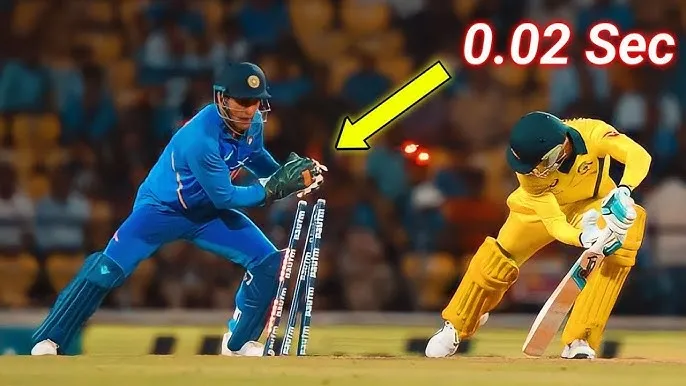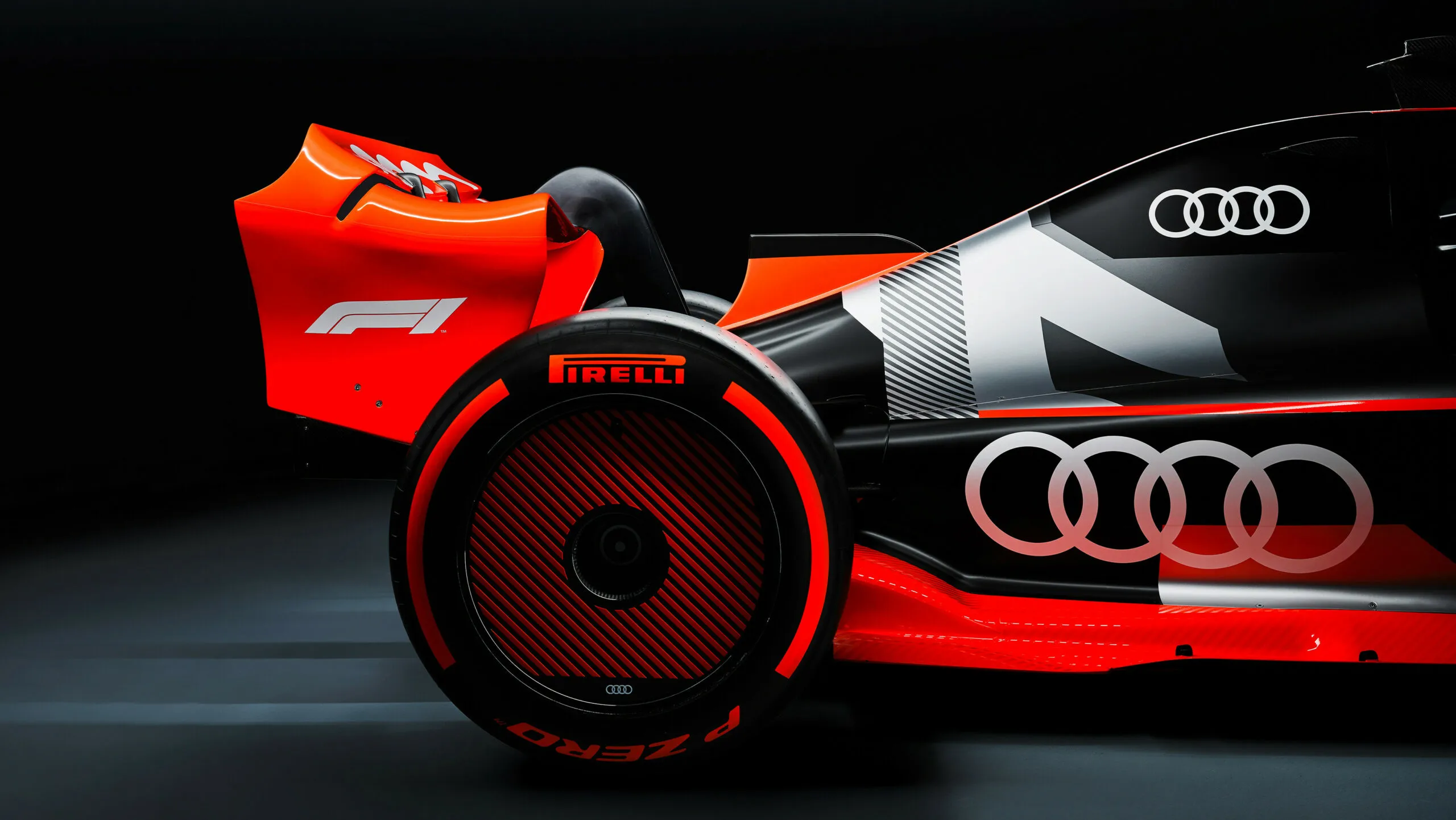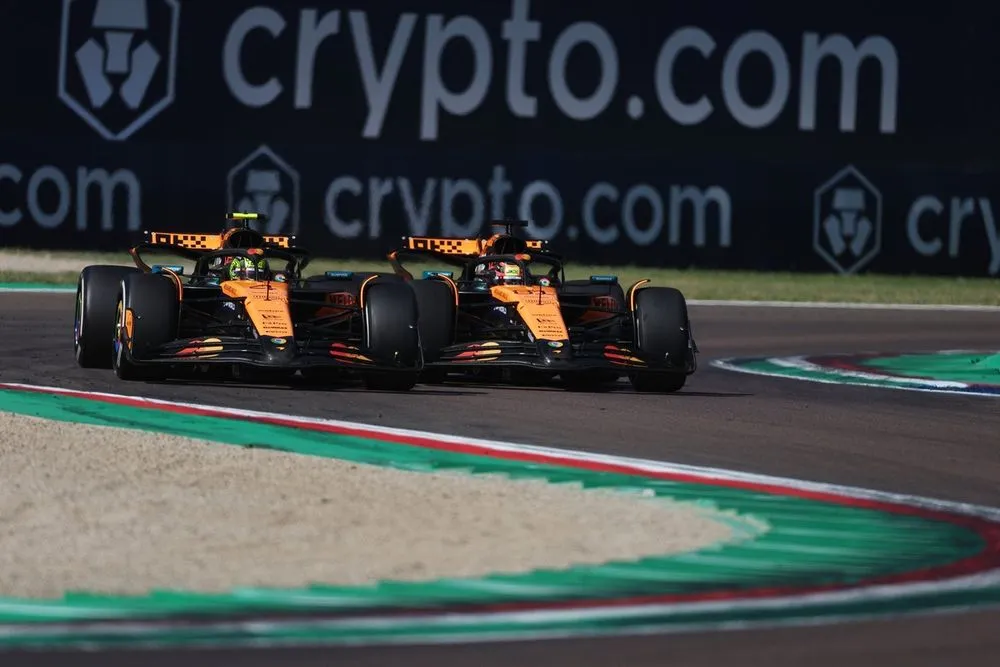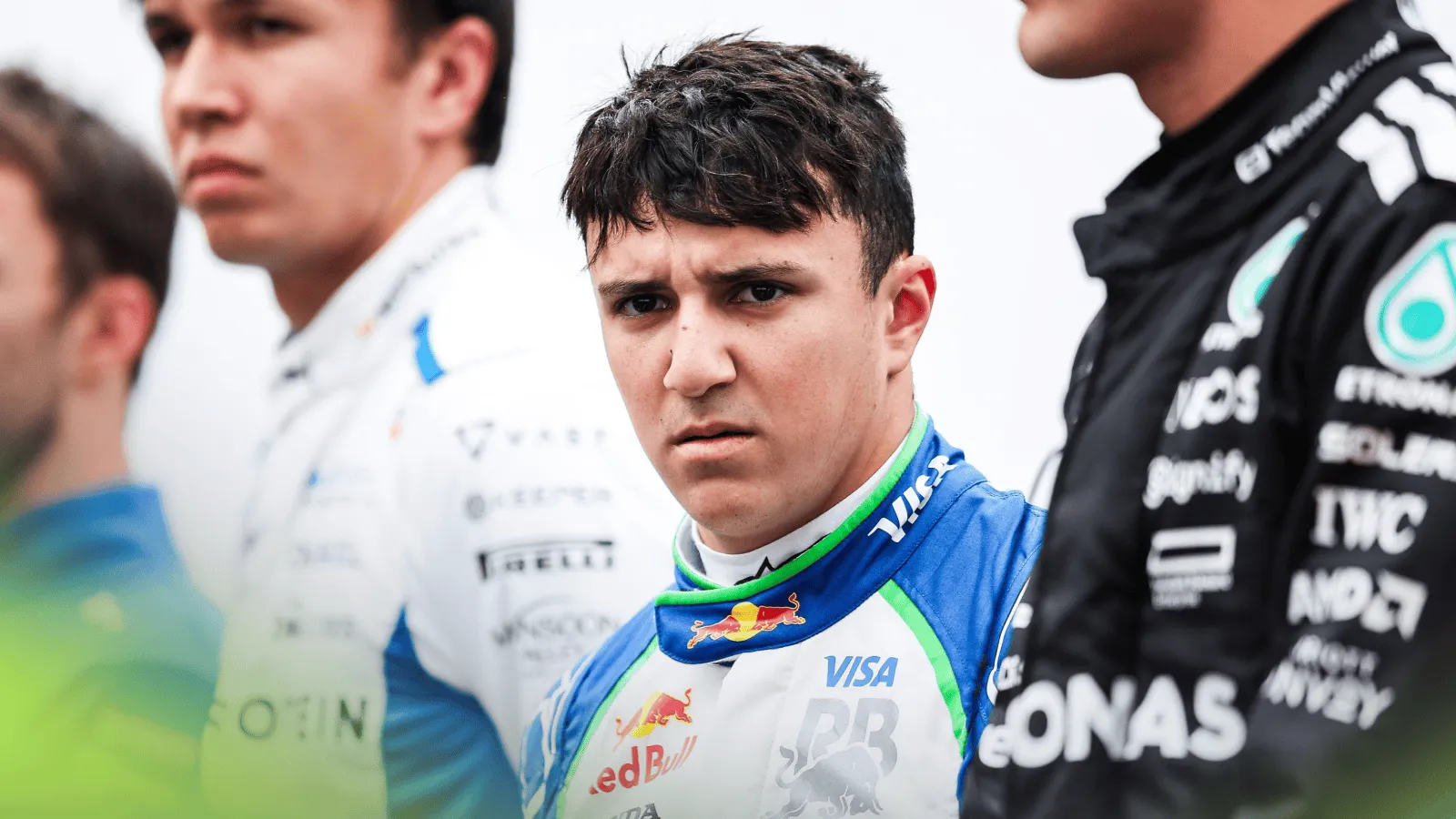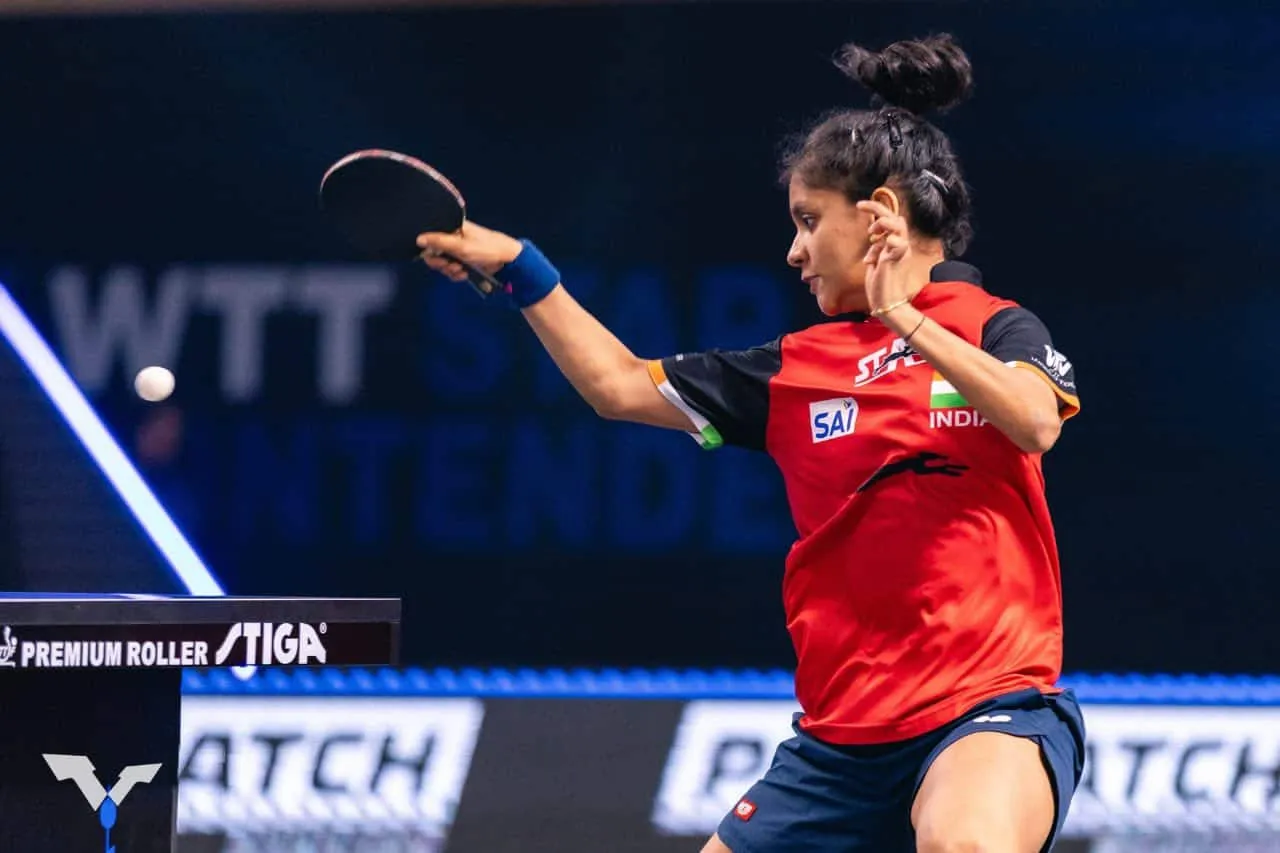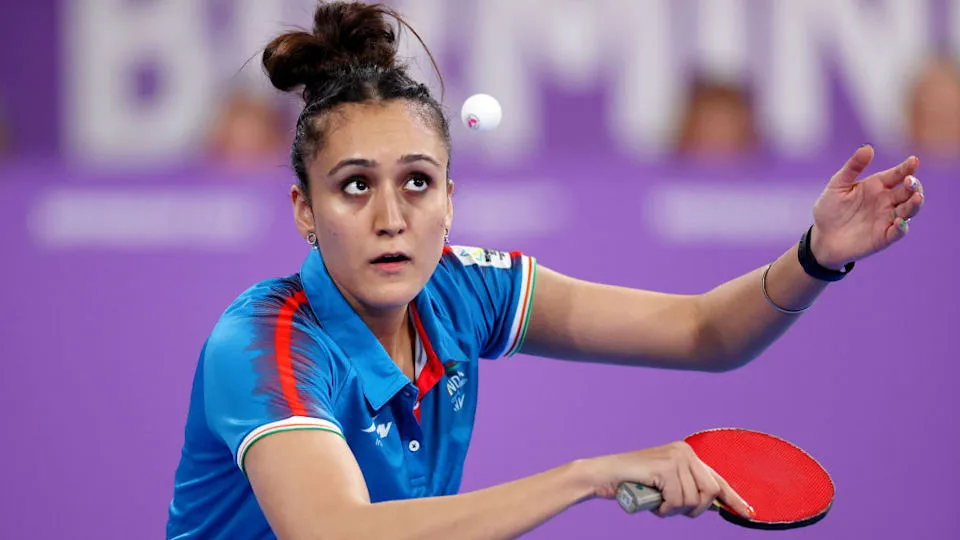DRS stands for Drag Reduction System. It's a special tool used in Formula 1 racing to help cars go faster and overtake other cars. When a car uses DRS, a flap on the rear wing opens up. This reduces the air drag on the car, making it go quicker.
In simple words, DRS helps Formula 1 drivers pass each other more easily.
What is DRS in Formula 1e – Meaning and Working
The meaning of DRS in Formula 1 is all about speed and strategy. Drivers can only use it in certain parts of the race track. These are called DRS zones.
When a driver is less than one second behind another car, they can open their DRS. This opens the flap and reduces drag. It makes the car faster and helps the driver overtake.
Why Was DRS Introduced in Formula 1 Racing
Before DRS, overtaking was very hard. Cars had too much air drag, and it made it tough to pass. DRS was added in 2011 to make racing more exciting and fair.
Now, with DRS technology in Formula 1, fans enjoy more action on the track.
How Does DRS Work in Formula 1 Cars
Drag and Downforce – Basic Terms in F1
- Drag is the air that pushes against the car and slows it down.
- Downforce helps the car stick to the road, so it can turn corners faster.
DRS reduces drag without affecting downforce too much. That’s why it’s so helpful during straight-line racing.
DRS Activation Zones on the Track
Each race track has 1 to 3 DRS zones. These zones are long, straight parts where DRS is allowed. Drivers also need to cross a detection point, which checks if they are within one second of the car in front.
When Can Drivers Use DRS in Formula 1
- During the race: Only if they are within 1 second of the car ahead.
- After the first 2 laps: DRS is not allowed during the first 2 laps or in bad weather.
Benefits of DRS in Formula 1
Easier Overtaking in F1 Races
The biggest benefit of DRS is that it makes passing other cars easier. It adds excitement to the race and allows more competition.
Better Race Strategy with DRS
Teams use DRS to plan when and where to overtake. This helps them win points and gain positions.
Boost in Speed and Performance
With DRS, cars can gain up to 10-12 km/h extra speed. This can be a game-changer during tight races.
DRS Rules and Safety in Formula 1
DRS Safety Measures
DRS cannot be used in rain or when track conditions are unsafe. Race control can disable DRS during these times.
FIA Guidelines on DRS Usage
The FIA, which controls Formula 1, makes sure DRS is fair. They decide:
- Where the DRS zones are
- When drivers can use DRS
Real Experiences – DRS in Action
Famous Overtakes Using DRS
Fans remember many races where DRS helped win battles. In the 2021 season, Lewis Hamilton and Max Verstappen had exciting DRS fights.
Experts Talk About DRS Impact
F1 experts say DRS changed how races work. It brings more action and keeps fans excited until the end.
Future of DRS in Formula 1
DRS in Formula 1 Electric – Will It Stay
As F1 moves to hybrid and electric tech, many wonder if DRS will stay. Experts think new aerodynamics will shape its future.
Possible DRS Changes in Upcoming Seasons
FIA may tweak DRS rules to make races even fairer. Fans and teams are waiting to see how it evolves.
FAQs – What is DRS in Formula 1
Q1: Can drivers use DRS anytime?
No. They can only use it in DRS zones and when they are 1 second behind another car.
Q2: Is DRS available in qualifying?
Yes, drivers can use DRS during qualifying to get better lap times.
Q3: Does every Formula 1 track have DRS zones?
Yes, all tracks have 1–3 DRS zones set by the FIA.
Q4: Is DRS safe?
Yes. The FIA adds rules to ensure DRS is used safely, even in fast conditions.
Q5: What is the full form of DRS in F1?
DRS stands for Drag Reduction System.
Conclusion
Now that the question what is DRS in Formula 1 is answered, it's clear how much it matters in racing. DRS makes races more fun, adds speed, and gives drivers a better chance to win. With rules and safety checks, DRS stays fair and exciting. Whether watching Formula 1 as a new fan or a long-time follower, understanding DRS brings a whole new level of excitement. The next time a driver zooms past another car on a straight, it's probably DRS doing the magic!


